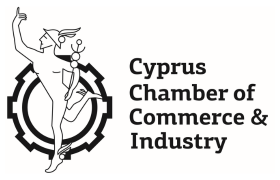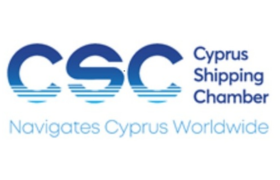The lender was now in the process of merging branches and working on transferring Laiki accounts into the BoC system, which sources said, was not an easy task. BoC was forced to absorb certain Laiki assets following an EU decision in March to shutter the island’s second-biggest lender. Since then, clients had to either be served by a separate section in the same branch or find an outlet that processed Laiki transactions, all, confusingly, under the BoC brand.
BoC was also in the process of reducing the number branches to 130 by the end of the current year from just over 200. The lender itself was forced to seize 47.5% of clients’ deposits exceeding €100,000 to recapitalise when international lenders discussing a bailout for Cyprus refused to inject cash into the bank. It was the first time in the history of the eurozone crisis that client deposits were tapped to boost regulatory capital.
Based on central bank guidelines its core tier 1 capital should exceed 9%. The bank presently has a core tier 1 ratio of 10.5% although it is faced with rising non performing loans. Impairment of loans for the first six months was €539m, BoC said on Tuesday, announcing a €1.8bn net loss. The main cause for the hefty loss was the forced disposal of Greek operations, which was included in the bailout terms.
The bank believes the current definition of non performing loans (NPLs) will prolong recession as it trapped money that could otherwise be made available to customers. The new definition came into force this summer. It says that any loan that is not serviced in three months is considered non performing even if fully secured. Before that, fully secured loans were not considered non-performing. The change pushed up the lender’s NPL ratio by around seven percentage points to 36%, a €1.9bn difference.
Source: Cyprus Mail













